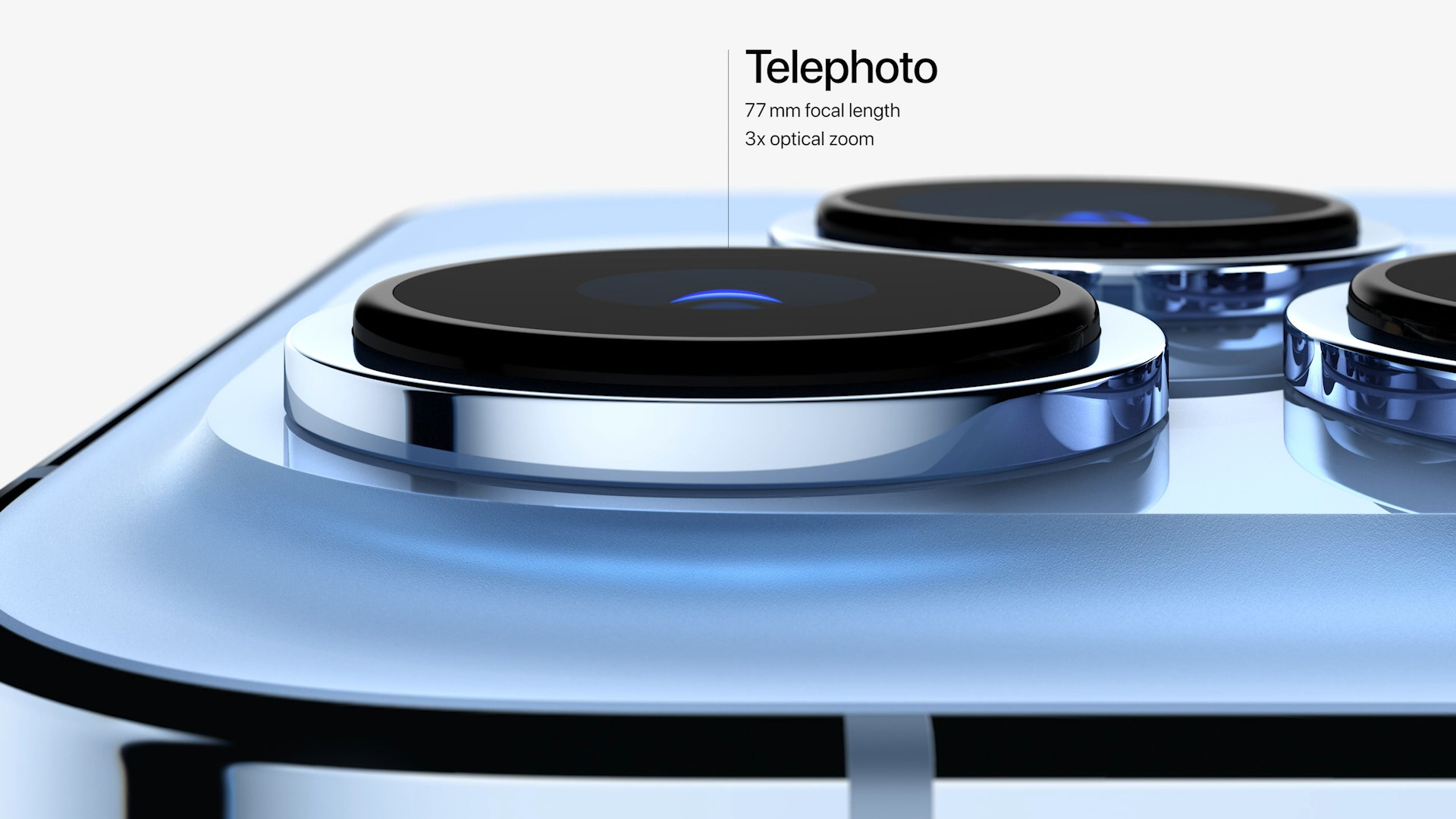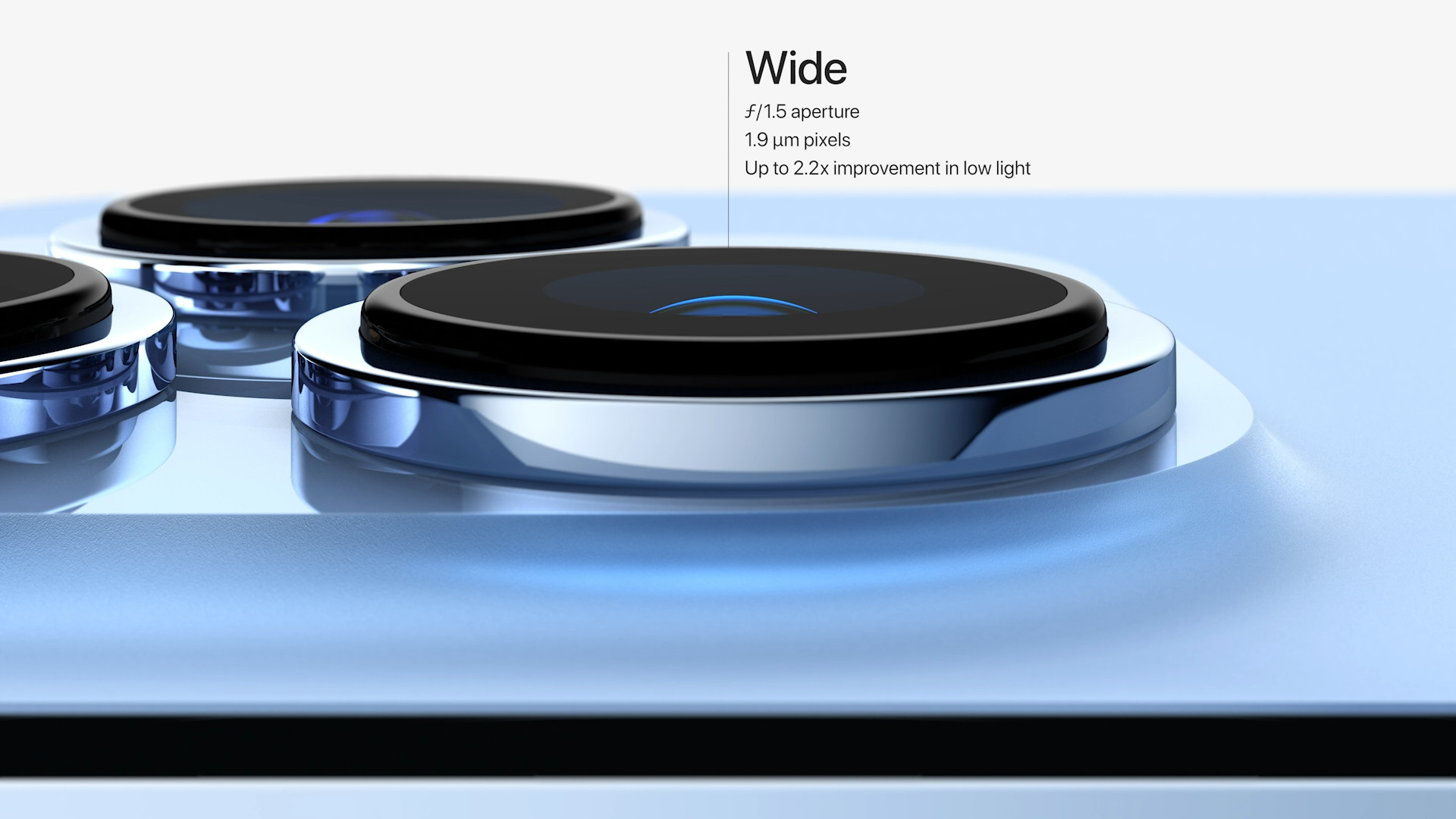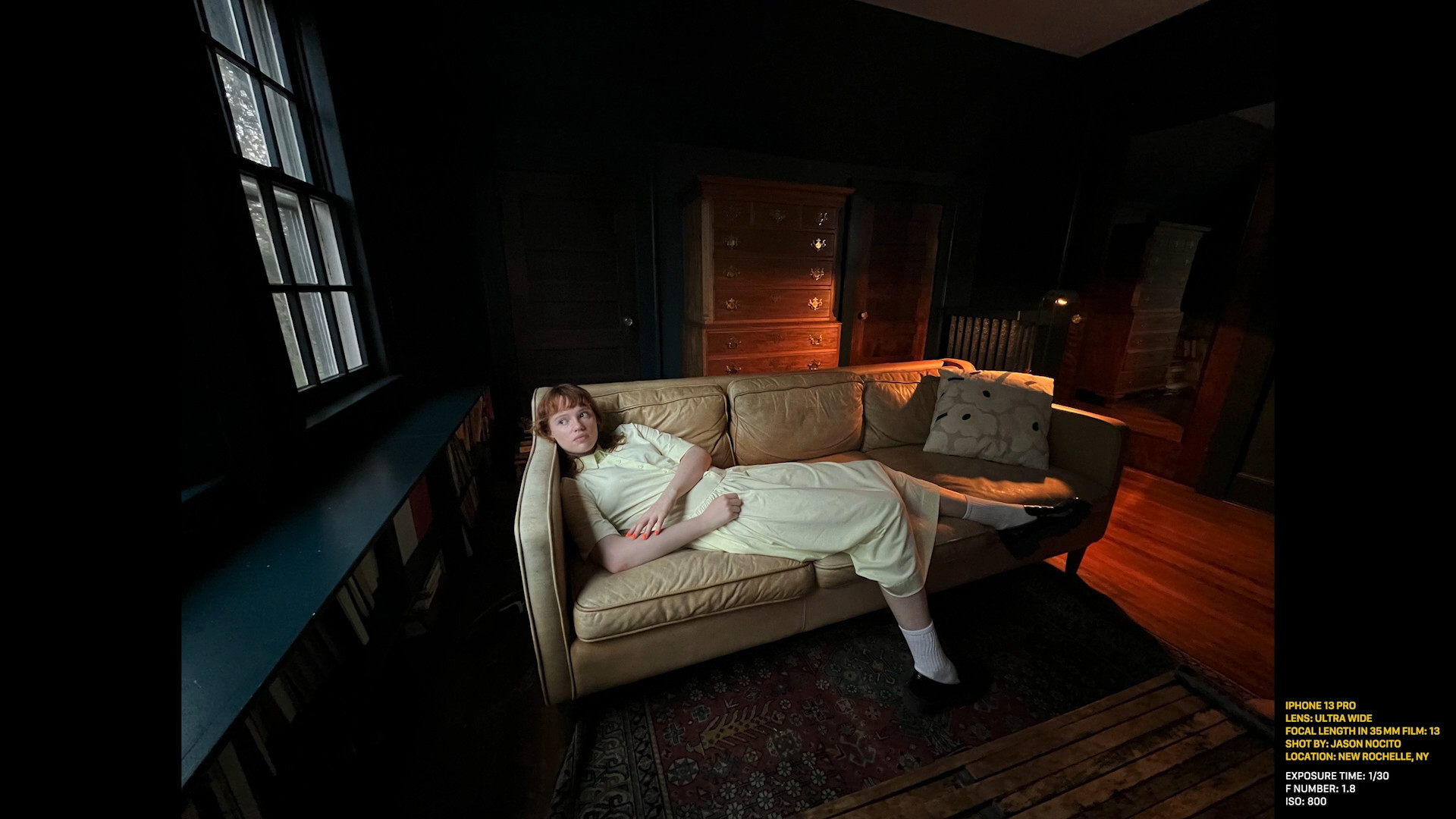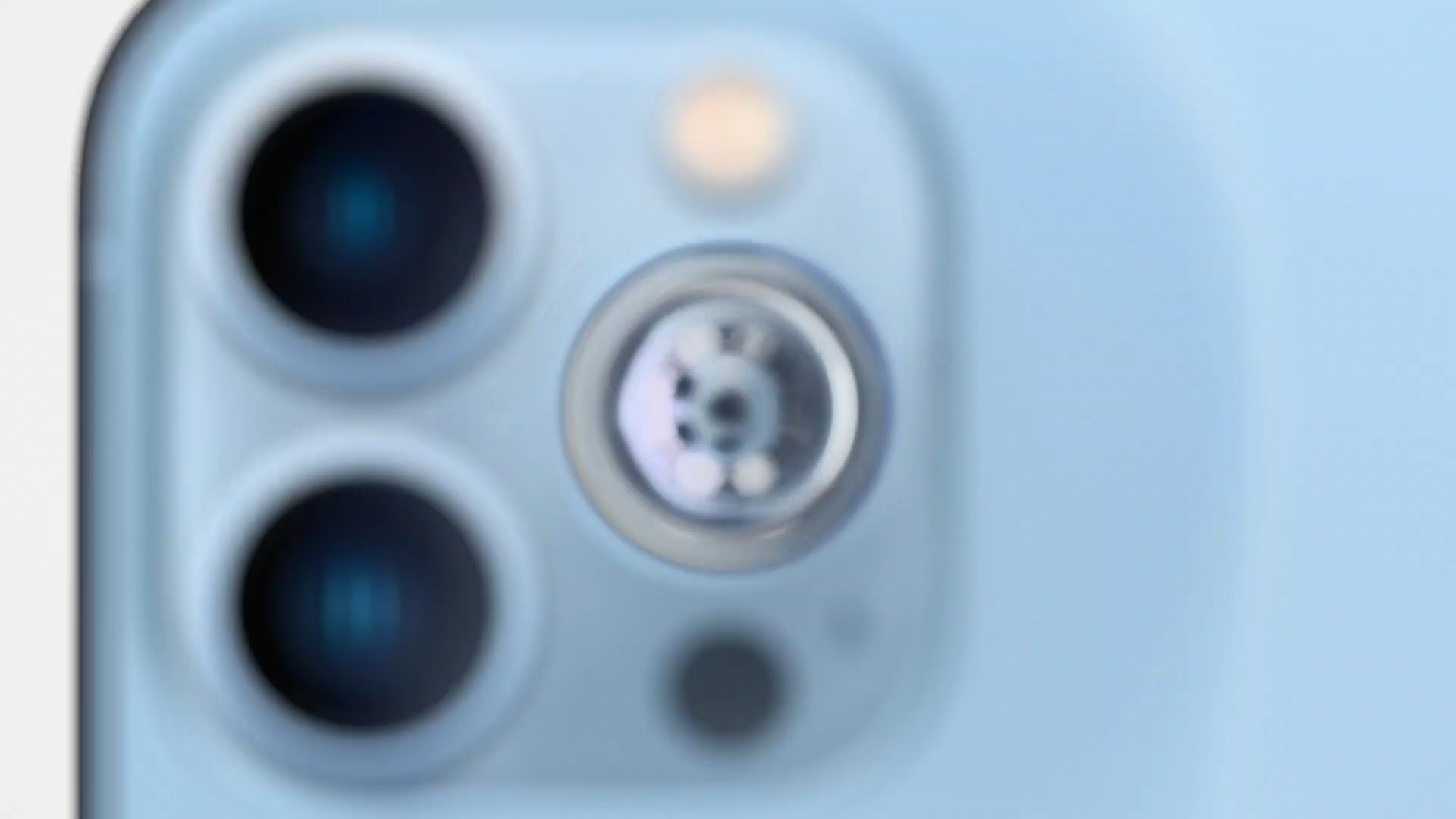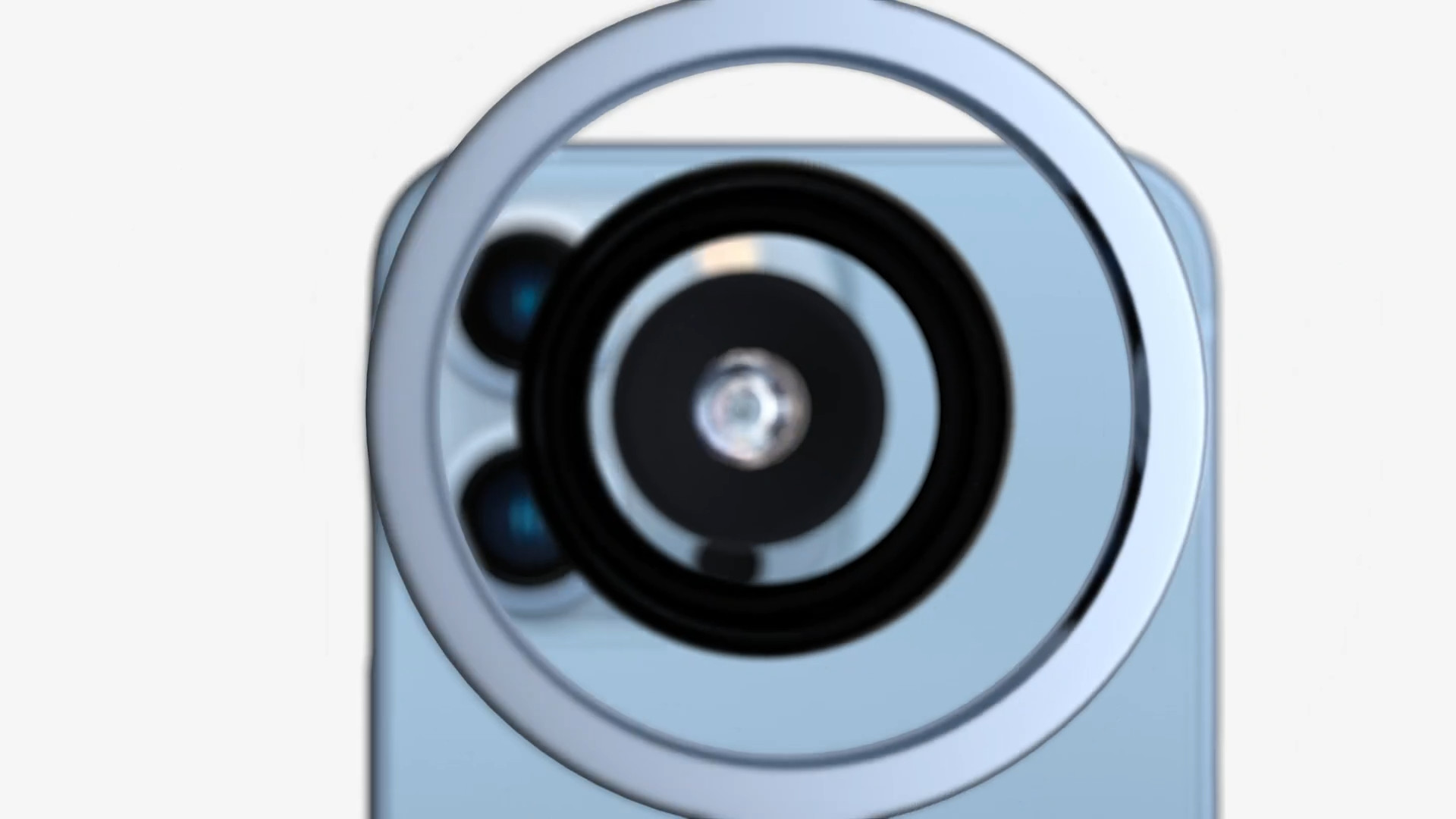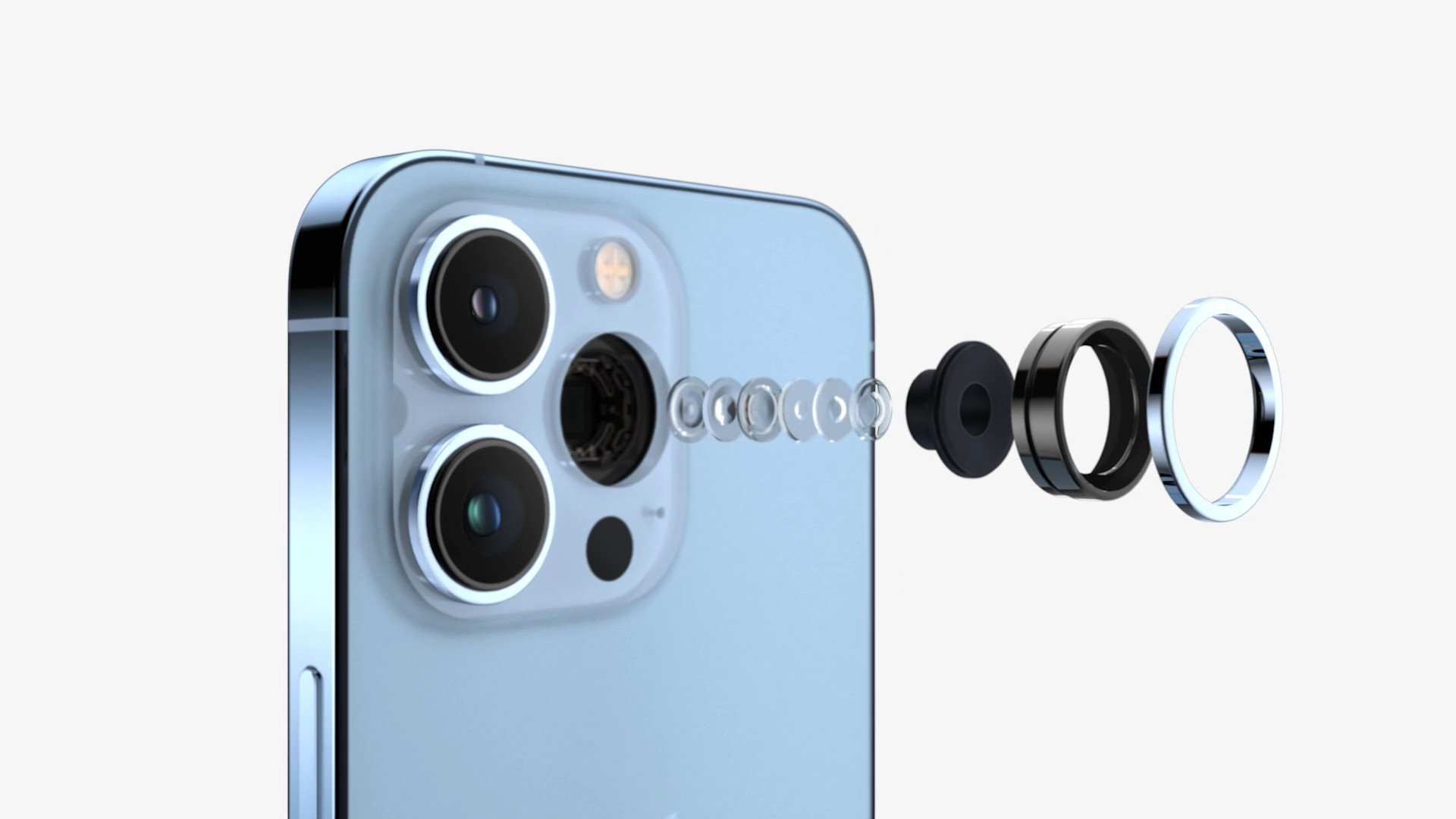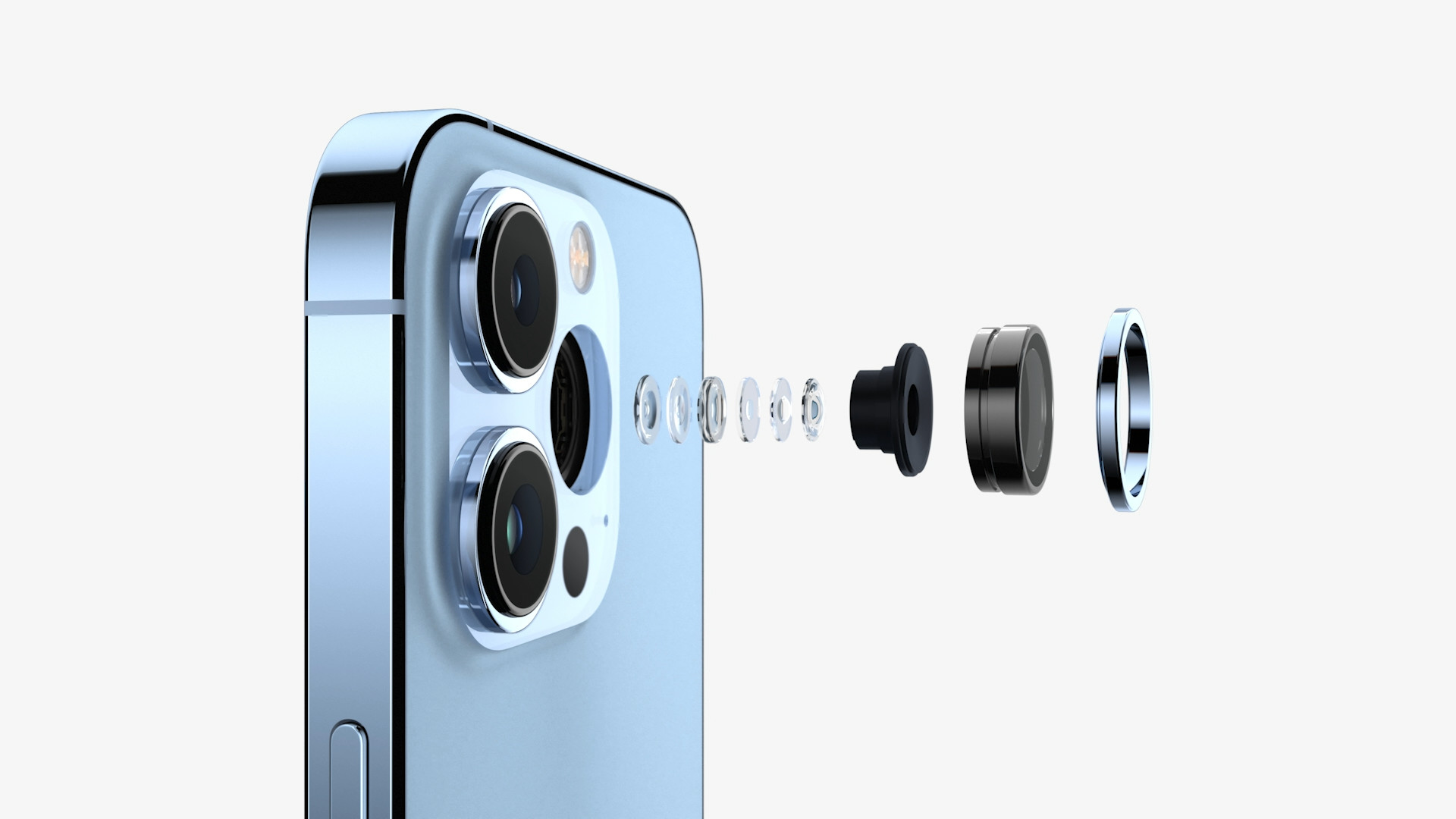The number of MPx and the length of the optical zoom is what you can see at first glance about the camera specification. But for many, the brightness of the lens will tell a lot. The periscopic lens has the great advantage that it is hidden inside the body of the device, and therefore does not make such demands on the thickness of the optics. But it also has one disadvantage, which is precisely the poor lighting.
Apple tried to fight its competition until 2015, when it introduced the iPhone 6S, i.e. its first iPhone with a 12MPx camera. And even though others tried to constantly increase this number, Apple followed its own philosophy. Although this may change with the iPhone 14 (the wide-angle camera is expected to be 48 MPx), even six years after the launch of the iPhone 6S, the company presented the iPhone 13 series, which is completely equipped with 12 MPx cameras.
It could be interest you
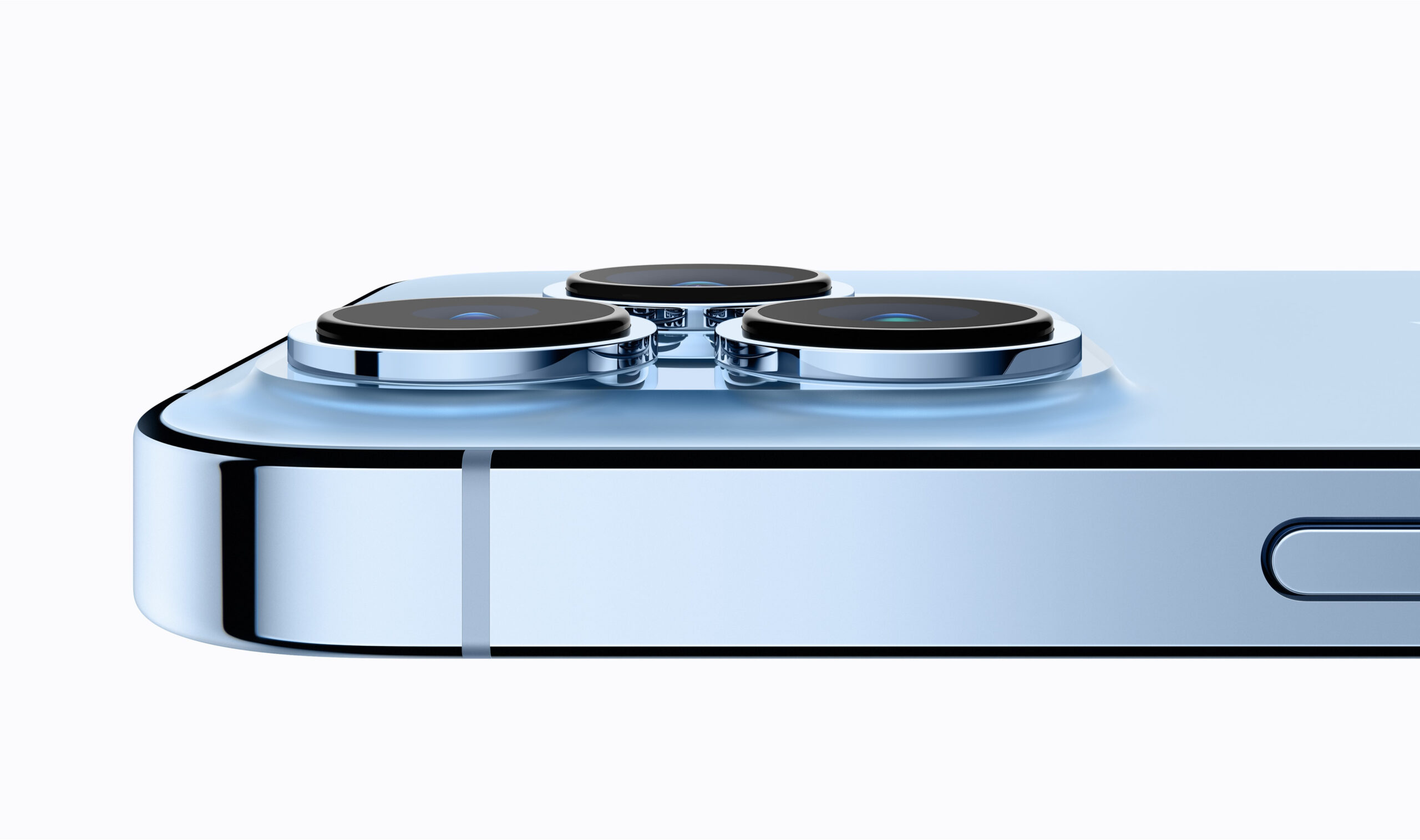
Photography is about light
Apple did not increase the resolution, and instead increased the sensors themselves and their pixels, thereby achieving much better quality photos at the expense of their sheer size. Even the aperture number itself, which is used to indicate brightness, was improving. The brightness value determines how much light falls on the sensor. So the higher the aperture (so the lower the number itself), the less resistance there is to light passing through the lens. The result is better quality images in low light conditions.
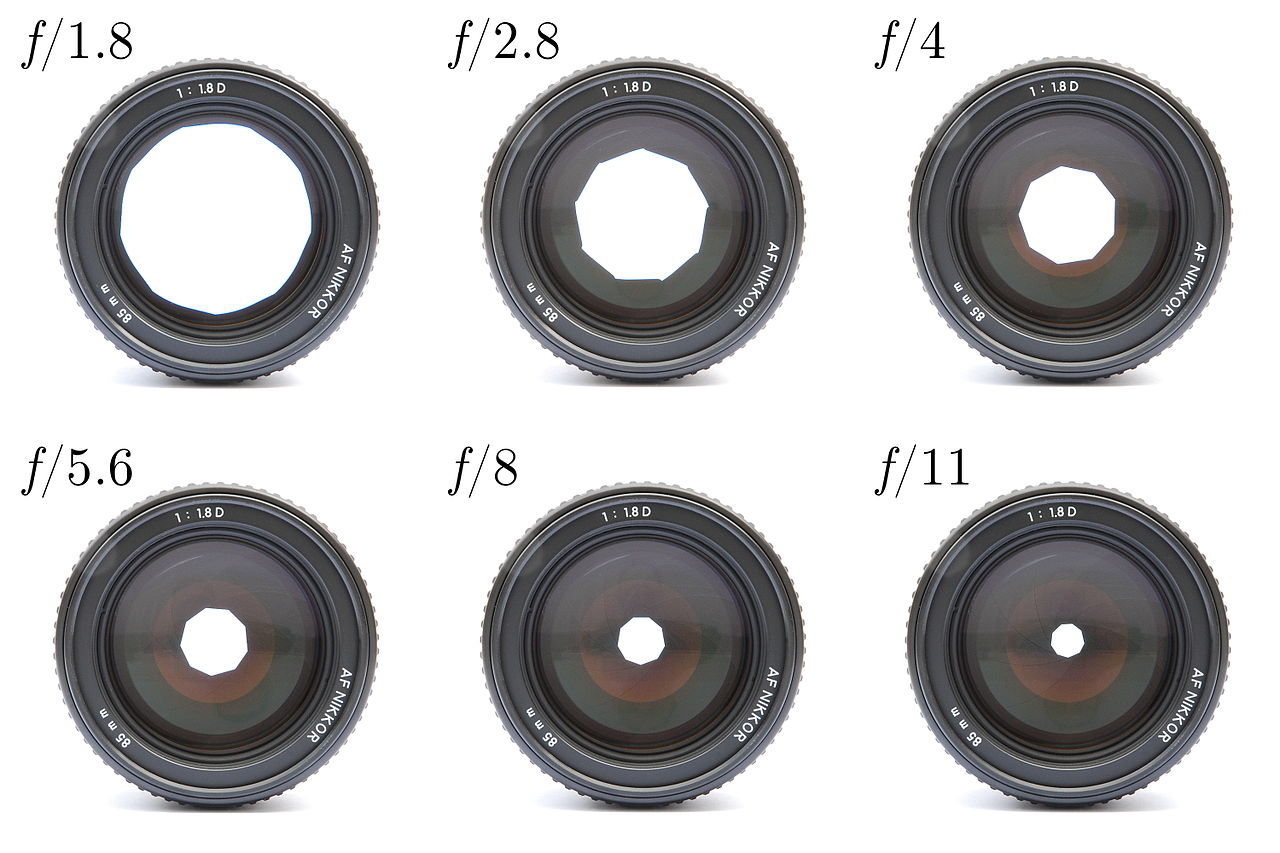
And this is where we get to the problem with periscope lenses. Yes, for example, the current novelty in the form of the Samsung Galaxy S22 Ultra will offer 10x zoom, even though the iPhone 13 Pro only has a 3x zoom, but it also has an aperture of f/4,9. This means nothing more than that you only use it in absolutely ideal lighting conditions. As the light decreases, the quality of the result will decrease rapidly. Neither the aperture of f/2,8, which the telephoto lens of the iPhone 13 Pro has, is not exactly ideal. Because the results will easily suffer from noise. A periscope camera uses a system of prismatic mirrors together with lenses, where the desired light is simply "lost" because it is not only reflected by 90 degrees, but also has to travel a longer distance.
Will we ever see greater optical zoom?
And just like Apple hasn't released foldable phones yet because they don't believe in the technology, we don't even have periscopic lenses in iPhones. The answer to the question of why we don't have a "periscope" in the iPhone is actually quite simple. The technology is interesting, but its use is still lagging. And Apple simply wants to provide only the best possible. In addition, the trend is that the telephoto lens is not really that important, which is why it also adds an ultra-wide-angle lens to the basic series without the Pro epithet.
It could be interest you

 Adam Kos
Adam Kos 